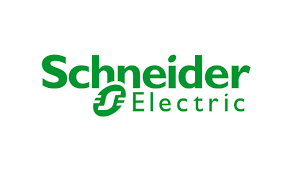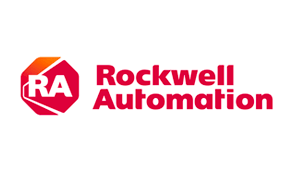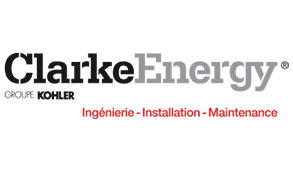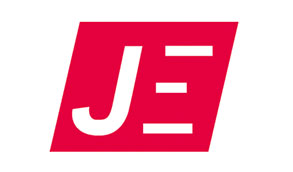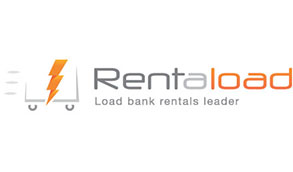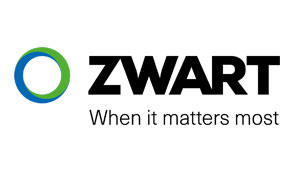Direct current: what is it for?
Continuous current
Direct current is the flow of electrons which always flows in the same direction , from the negative terminal to the positive terminal. The speed of electrons is estimated at a few meters per hour.
Direct current is produced by electrochemical or electronic generators , that is to say by all kinds of:
- Cells
- Battery
- Solar panels
High voltage direct current
High voltage direct current (HVDC), in English High Voltage Direct Current (HVDC), is a power electronics technology used to transport high voltage direct current electricity .
Its use is minor compared to the traditional alternating current (AC) electrical transport of electrical networks.
Two advantages of high voltage direct current:
- allows the transmission of electricity over long distances
- causes less energy loss
A range of direct current load banks
Direct current is very present in business sectors with specific high voltage constraints and in embedded systems , via the batteries.
Depending on the different technologies, it is necessary to discharge the electric batteries regularly to allow a full charge cycle.
For all types of batteries , in particular lithium-Ion, it is imperative to unload them before transporting equipment or when moving for example.
In fact, it is then essential to have previously discharged the battery in order to avoid electrification-electrocution by direct contact, the generation of sparks etc….
Find out more about our direct current banks or our battery discharge banks .

Call on our METAL DEPLOYE RESISTOR experts , to launch your load bank project adapted to your precise voltages and amperages.


